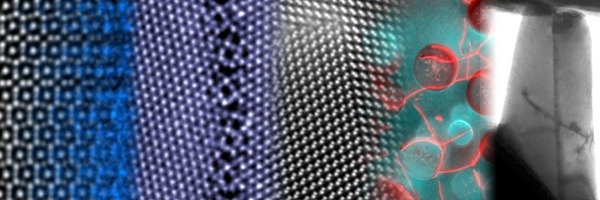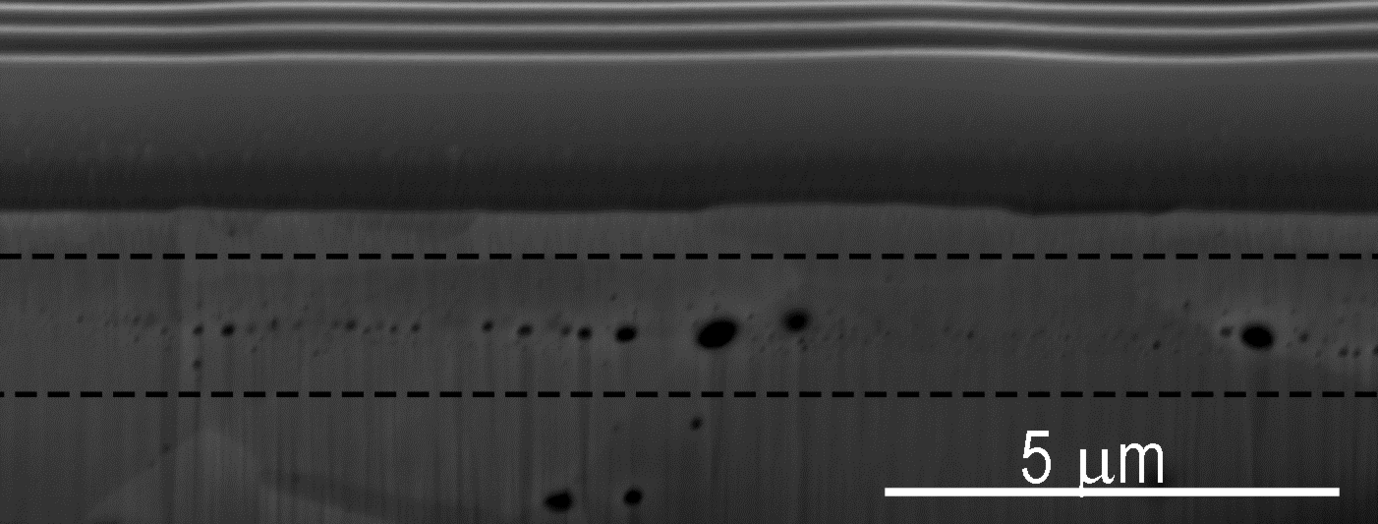
He Implantation
Fusion is one of the most promising safe, emissionless and limitless sources of energy. The extreme conditions in a fusion reactor, require the development of novel materials to withstand high temperature ion irradiation and at the same time provide sufficient mechanical stability.
Tungsten (W) is a candidate material to be used as a plasma facing material in the divertor of the International Thermonuclear Experimental Reactor (ITER). During its operation lifetime, the divertor is subjected to bombardment with helium ions (He) and neutrons, that are a result of the deuterium-tritium fusion reaction. Particularly, helium irradiation induced sputtering and blistering of tungsten cause embrittlement and erosion of the divertor material.
The materials applied in this study are W-W2C composites produced by field assisted sintering (FAST). The influence of MeV He irradiation and subsequent high temperature annealing of these materials will be investigated. A major cause of helium implantation into W is the formation of He bubbles within the W-matrix. Our ongoing work is focused on the characterization of the influence of He implantation in the W-W2C composite material and the impact of the W2C on He bubble formation (Fig. 1).

Figure 1: Cross-section SEM micrograph of W-W2C composite irradiated with 1 MeV He+ ions after high temperature annealing.
